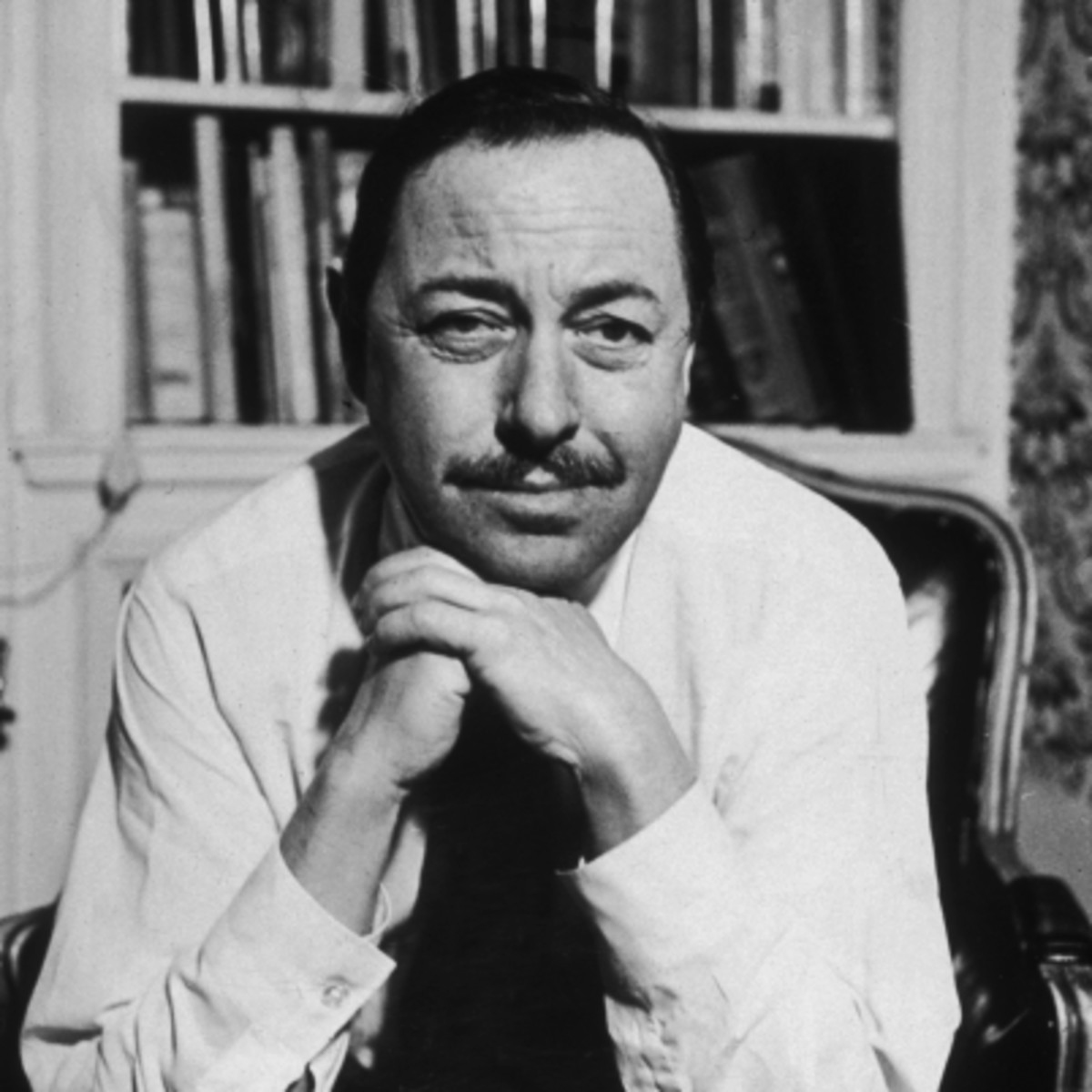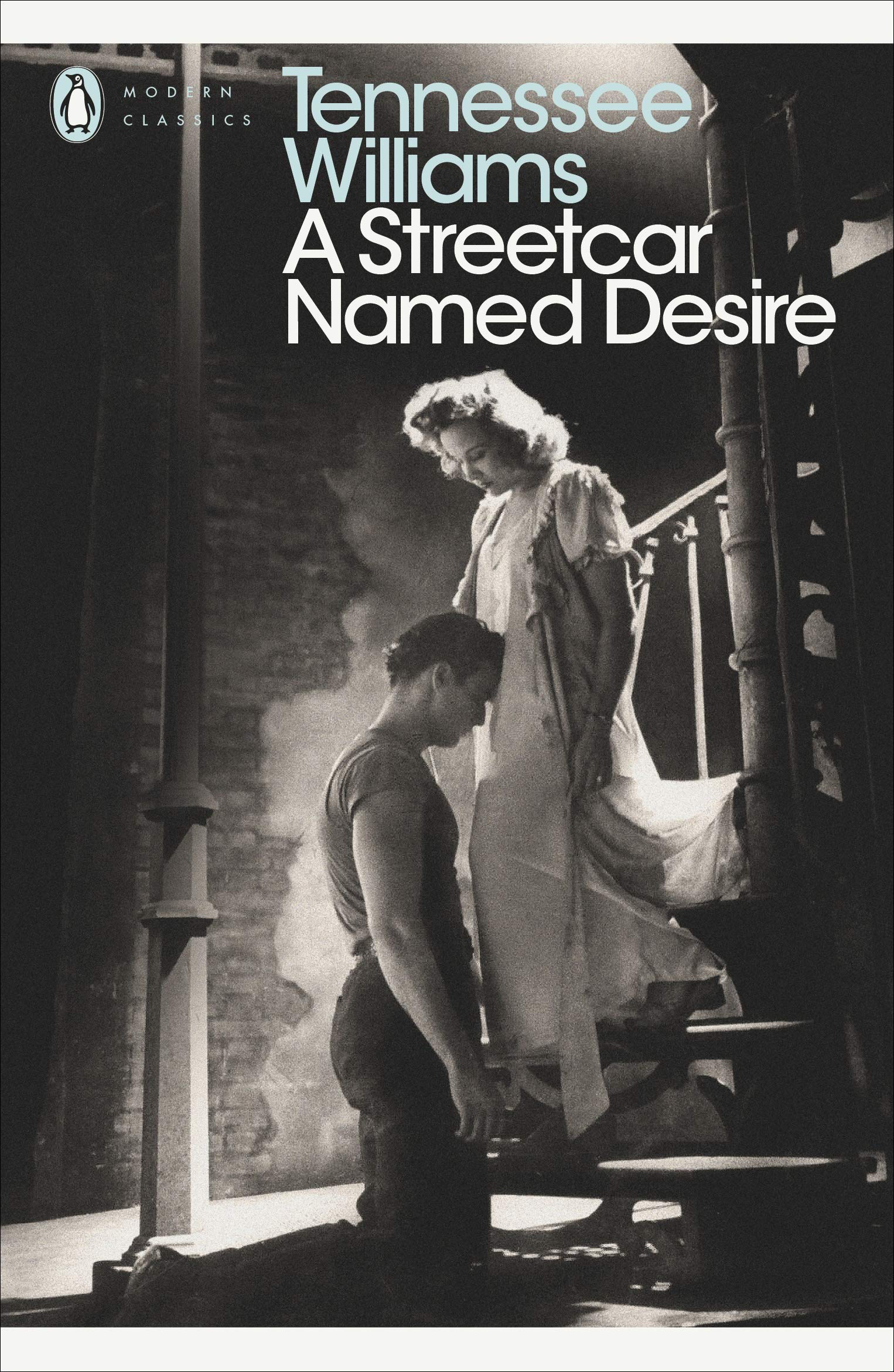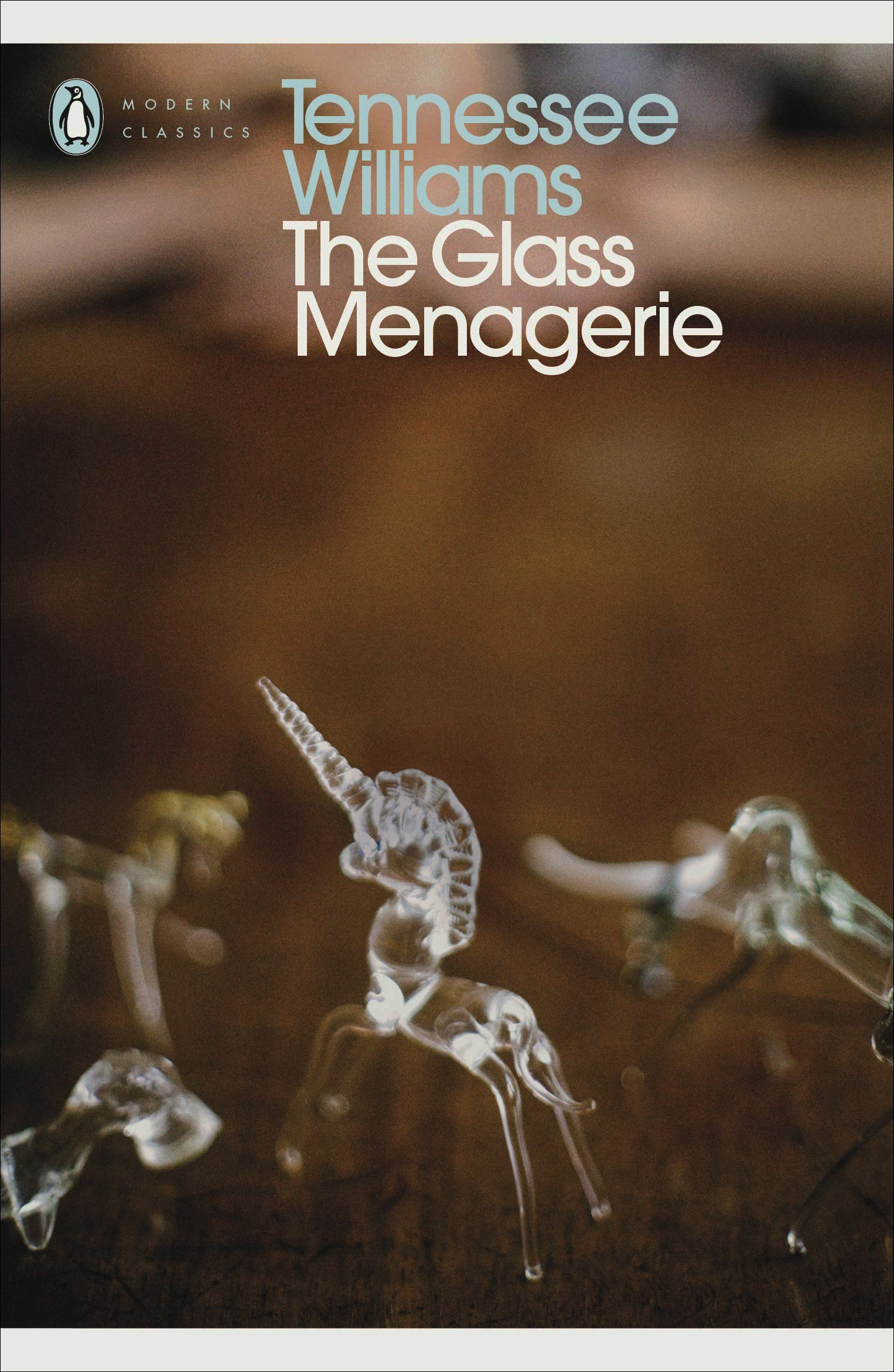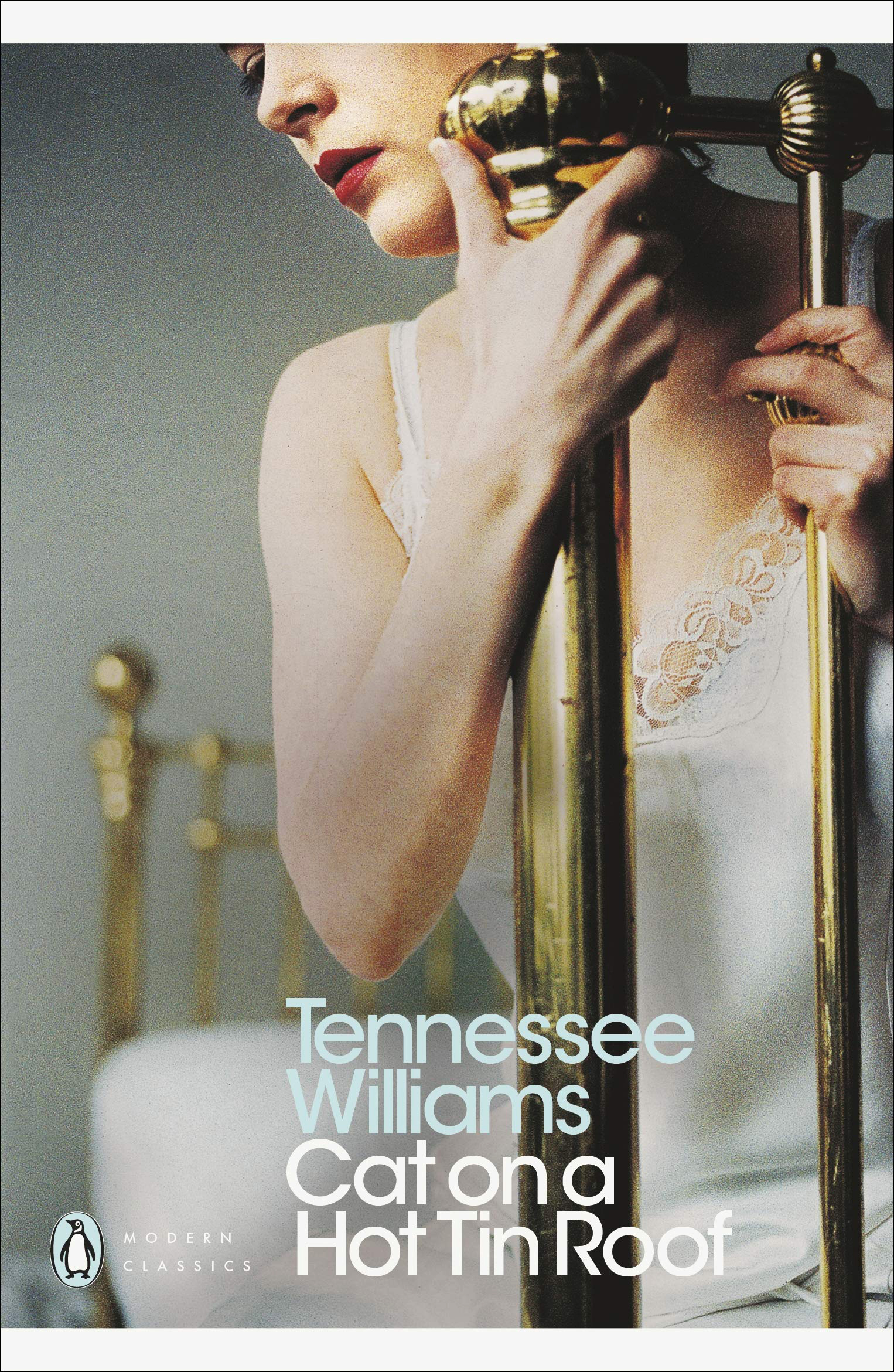
Tennessee Williams, the poet of the outcast and the oppressed. Photo courtesy of biography.com
One of the most prolific American playwrights, Tennessee Williams explores the gender nuances exquisitely in his major plays. In a world filled with toxic masculinity, the relevance of Williams, a poet of the outcast and the oppressed whose death anniversary falls on February 25, remains timeless
“Men don’t even admit you exist unless they’re making love to you,” Blanche DuBois famously tells her sister Stella Kowalski in Tennessee Williams’ iconic play, A Streetcar Named Desire (1947). This characteristic pithy line marks the moment in the play when Blanche finally surrenders to her terrible fate — a fate determined by the patriarchal society that subordinates women, and proves, time and again, Freud’s ‘anatomy is destiny’ construct.
Williams, the 20th century American playwright, in some of his major plays, captures the oppression of women in the male-dominated American society during the 1940s. His women characters, created with deep empathy, are marginalised figures coping with a sense of despair and doom. Today, with the renewed focus on gender relations and the talks around toxic masculinity, it has become evident that patriarchy is rooted in the cultural norms of the society. The traditional stereotype of man being the dominant sex, coupled with aggression and violence as socially acceptable traits possessed by them, gives them the license to get away with heinous deeds. The patriarchal society, which places man at the centre of the universe and considers him as its axis, normalizes such acts with the justification of ‘men will be men’ — the rest of the society must bear its brunt. The major plays by Williams (1911-1983), the poet of the outcast and the oppressed, expose the noxious masculinity that both victimises and diminishes their women characters.
With Williams himself a victim of the patriarchal excesses since his childhood, the behaviours depicted by his characters come to the audience as little or no surprise. The strained relationship between his parents due to his father’s alcoholism and violent fits of rage — which led his mother to constantly search for elsewhere where she could belong — was his first exposure to the culture of toxic masculinity. This was further heightened by his father’s general disdain towards his effeminacy. It is often believed that Williams drove much inspiration from his only dysfunctional family while crafting his characters. Being deeply influenced by some poets and writers in his early years, he needed a rationale for the strong sexual dominance and the determined gender roles that dominated most of his works. It was D.H. Lawrence who seemed to offer him that rationale. Williams, in his Preface to I Rise in Flame, Cried the Phoenix (1951), wrote: “Lawrence felt the mystery and power of sex as the primal life urge, and was the lifelong adversary of those who wanted to keep the subject locked away in the cellars of prudery.”

The gender codes in the world of Tennessee Williams demands men to adhere to a code of conduct that encompasses power, dominance and violence. The prevalence of such a code automatically demands the women to be submissive and passive and those who seem to break away from the same are punished by patriarchy as depicted through his brilliant characterization of Blanche DuBois in A Streetcar Named Desire, where Blanche finally surrenders to her fate claiming, “I have always depended on the kindness of strangers.” Williams’ characters navigate a society wherein men are regarded as supreme. In A Streetcar Named Desire, Blanche DuBois is the primary challenge to this patriarchal set-up, as represented by her brother-in-law Stanley Kowalski. However, Stanley is able to overcome this challenge in his final confrontation with Blanche where he assaults her sexually. Blanche’s sister, Stella, too, is an indirect tool of patriarchy as she readily accepts the violence that her husband renders upon her, unable to recognise the toxicity of her marriage. Her disbelief at her sister’s assault and her insecurity over the permanence of her place in her husband’s life makes her accept that which is comforting for her to accept; even though the same maybe stationed far away from reality. She acts as the emotional centre of the play and the counterpart to Blanche’s hysteria and Stanley’s violence. Blanche’s dead husband, Allan, whom she thought was “almost too fine to be human”, though not present in the play, is someone whose presence dominates the circumstances because of his poignant influence on Blanche. Allen represented the very opposite of Stanley. However, when his sexuality came to light, Blanche could hardly bring herself to accept the truth as she, too, in some way, was bounded by the very society that trapped and victimized her. In her brief affair with Mitch, she could once again identify her long-lost Allen. However, Mitch, too, could not bring himself to rise above Blanche’s past upon knowing of her promiscuous relationships and involvements. Mitch wants Blanche to fill in the role of a caring and fulfilling woman, someone like his mother, which comes about as an unfair comparison to Blanche. Blanche’s past is used as moral policing tool by patriarchy and the resultant toxic masculinity mitigates Blanche’s happiness, and ultimately her sanity, throughout the play.

Williams’ women characters always escape to their world of fancies and illusions to avoid the harsh unfairness and indignities of patriarchy. In The Glass Menagerie (1945), it is the pre-decided gender roles by tradition and patriarchy which act as the deciding factor in shaping the future of its characters. Its protagonist Amanda Wingfield is similar to Blanche DuBois as both these Southern women remain in limbo while pursuing a relentless search for identity. In The Glass Menagerie, Amanda’s persistent insistence on her daughter staying “fresh and pretty” to secure herself a husband is an attempt on the mother’s part to secure her crippled child’s future — something she was unable to do for herself. Even Tom, who bears a strong resemblance to Williams, is bound by these gender norms as was Williams at one time for he is the sole breadwinner of the family, bound by his obligations towards his family to portray the image of the male as the provider for the family. Amanda’s obsession with her children is a reflection of her unfulfilled marriage and fear for her children having to face the same fate as herself. This is further highlighted by her holding her son responsible for securing her daughter a husband, and her unwillingness to recognise the handicap of her daughter Laura, something Amanda terms as “a little defect” that is “hardly noticeable”. Amanda recognises herself as the epitome of beauty and perfection, reminiscing her youthful days, hardly able to realise that those are long gone. She pictures her daughter Laura as the damsel in distress — to be rescued through the alliance of a marriage to live up to the societal norms. Thus, when Tom brings Jim home to meet Laura, Amanda dramatically blows the situation out of proportion as she regresses to her days of youthful vigour and courtship where she entertained gentleman callers.
Laura’s glass menagerie acts as a mirror that reflects her own self — they both share the patent characteristic of fragility. Laura is a timid woman who has been rendered powerless by an inferiority complex, so much so that she can hardly detach herself from her limb. She views herself magnifying her flaws, and gets a distorted image of herself as unworthy and insignificant, which makes her surrender to the present instead of fighting for the future. It is only through her encounter with Jim that she learns to view herself differently, but reality strikes back when he deserts her eventually. Williams’ characters seem stuck in their constant contemplation of the past, creating a parallel illusionary world which shields them from facing the harsh reality of their lives. The characters of Tom and Laura are much autobiographical, and the ending of The Glass Menagerie is reminiscent of Williams’ act of leaving his sister Rose behind; in his absence, she was forced to undergo a lobotomy as a means to cure her schizophrenia. The candle that Laura blows out at the end of the play is largely symbolic. While, on one hand, it may symbolise the end of all optimism she had held onto for a life of happiness, on the other, it can also stand for her extinguishing self-pity and shattering the world of illusion she believed in.

Cat On A Hot Tin Roof (1952), too, explores the gender dynamics in the society. The traditional notions of masculinity and femininity are upheld by Big Daddy and Big Momma, respectively. It is Brick and Maggie who divert from the defined roles — Brick with his homosexuality and Maggie with her shrewdness, both of them representing an unconventional and a largely dysfunctional marriage. Michael P. Bibler, in his essay, “A Tenderness Which Was Uncommon: Homosexuality, Narrative and the Southern Plantation in Tennessee Willams’s Cat On A Hot Tin Roof”, rightly claimed: “Williams’ play includes homosexuality as viable option for the men of the planter class even though that option, because of its non-reproductive nature, simultaneously threatens the viability of the plantation.” The women characters here are judged on the basis of a heterosexual marriage and viewed as agents of fertility. While it is Brick’s sexuality that has been problematised in the play, Maggie is seen to use her dominance to “make the lie true”, going to the ends to have Brick impregnate her with his child for the latter to inherit Big Daddy’s plantation. Maggie’s marriage to Brick was one of convenience, in order to rise from her childhood poverty. Unlike most of Williams’s characters, Maggie is unique in the sense that she is unapologetic about her truth. At some point in the play, she tells her husband, “I don’t know why people have to pretend to be good, nobody’s good.” The power dynamics in their rather unconventional and dysfunctional marriage is reversed — where the woman asserts her dominance over the man, to fulfil her objectives. Through the conflicts of Maggie with the rest of the Pollitt family members, she seems to question the very constructs that constitute femininity by the institution of marriage, which views women solely as child-bearing agents and with hardly any agency of their own.
The mastery of Tennessee Williams lies in the finesse with which he examines the complicated intricacies of the gender power dynamics in a Southern patriarchal set-up. The female characters are strong representations of the plight of the women in the society. While the fate of his female protagonists largely seem hanging by a thread, it is not so without them ushering in a hope for better. The very need felt by Stanley of eliminating Blanche from his household is representative of the threat he felt by her in A Streetcar Named Desire. Eventually, in the wider perspective, he loses to Blanche and is unable to overpower her as her presence still looms over him as a threat to his authority and masculinity. Although coming off as fragile, the female characters in Williams’ plays come to embody forces much greater than themselves. Characters like Amanda, Blanche and Maggie are carved in a manner that they cannot be straitjacketed as ‘bad’; however, they are deeply flawed characters, with these flaws being the result of years of patriarchal subjugation. However, the beauty of Williams’ writing lies in how he allows his flawed female characters to find solace in their flaws, turning them into means of fighting patriarchy. Hence, while there have been many great American playwrights in the twentieth century, there has been no other like Tennessee Williams, who explored the gender nuances exquisitely and whose relevance remains timeless.
More from The Byword
Comments
*Comments will be moderated











